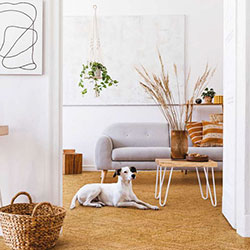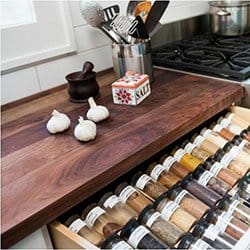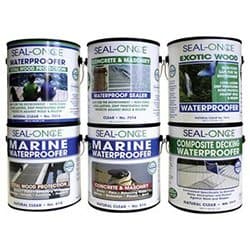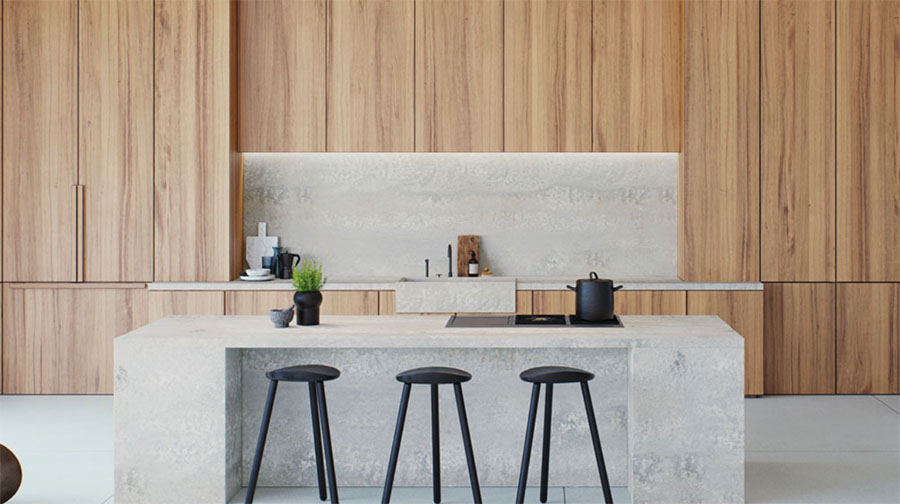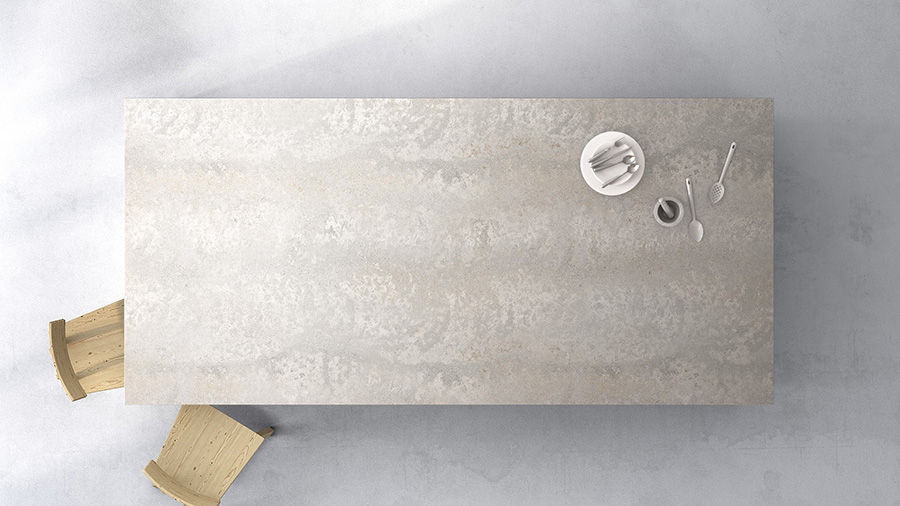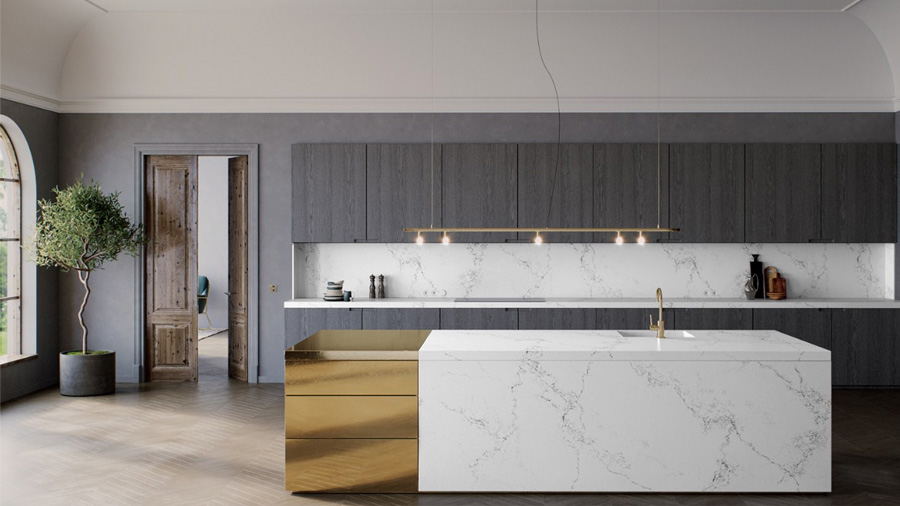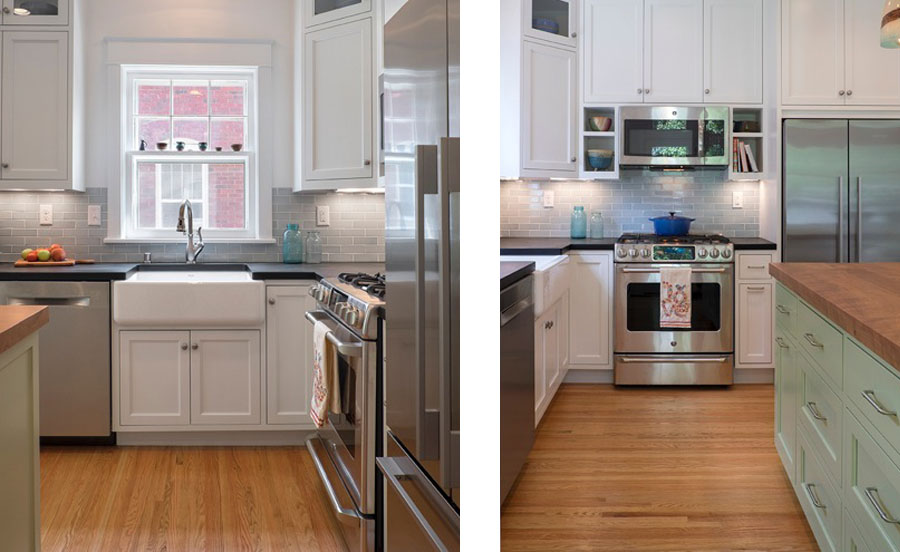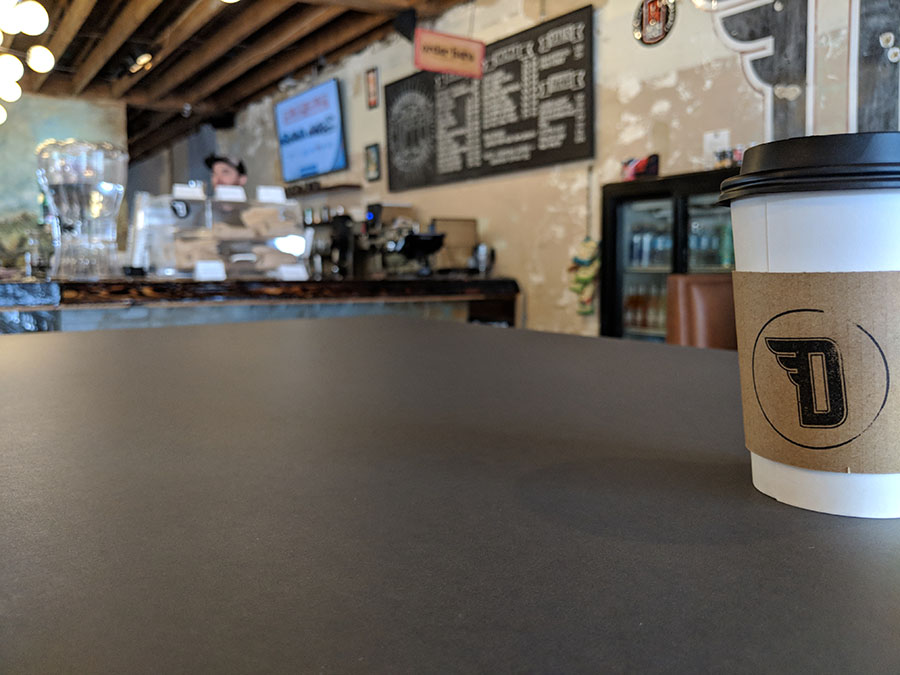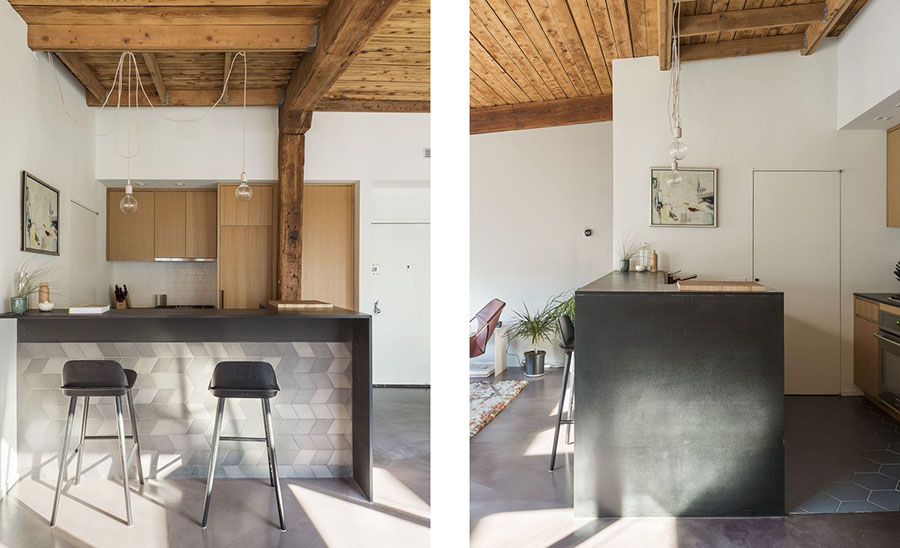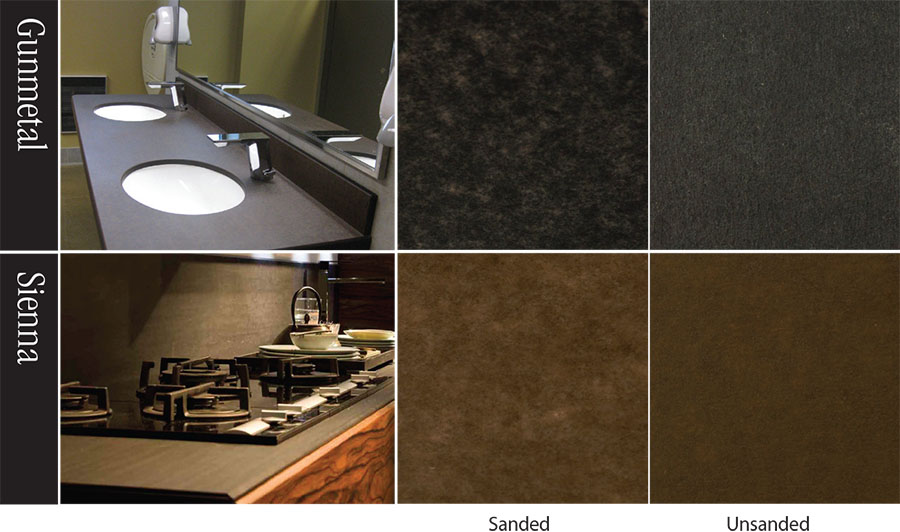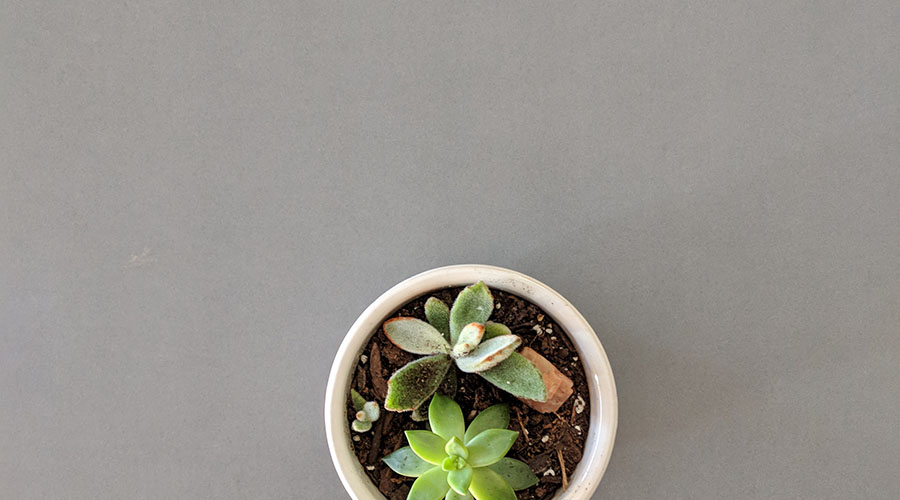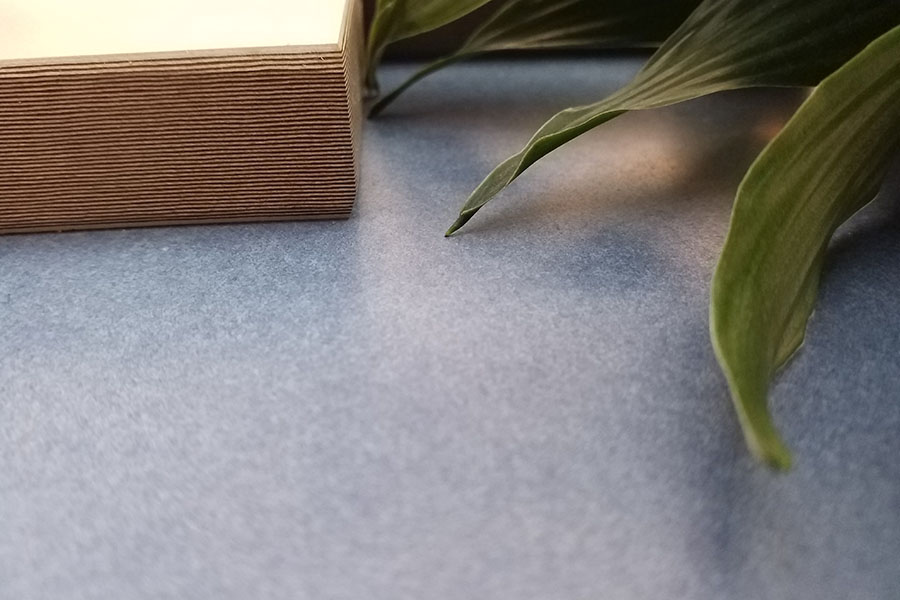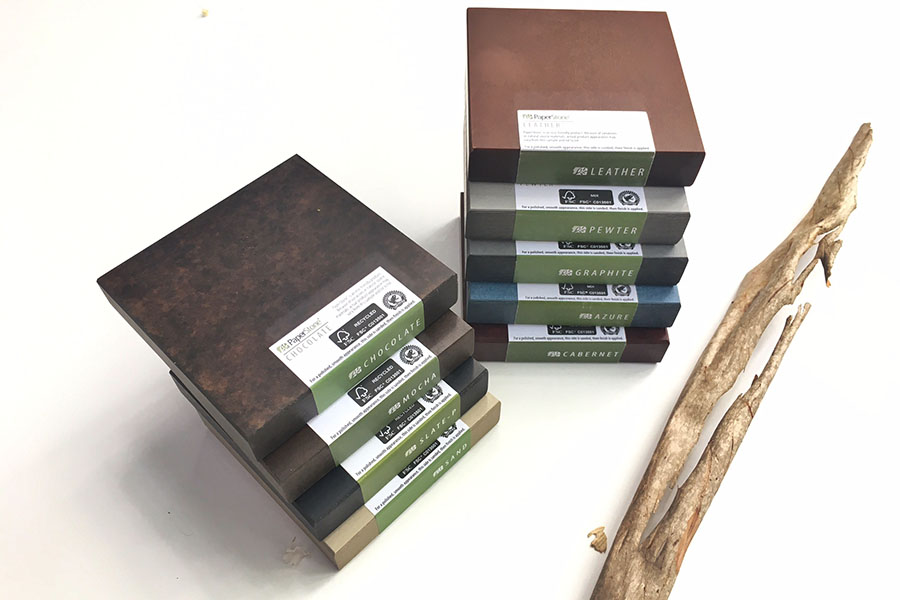As a retailer of green and sustainable building materials, we see and hear about plenty of new products every year. But what innovative products made our “best of” list this year?
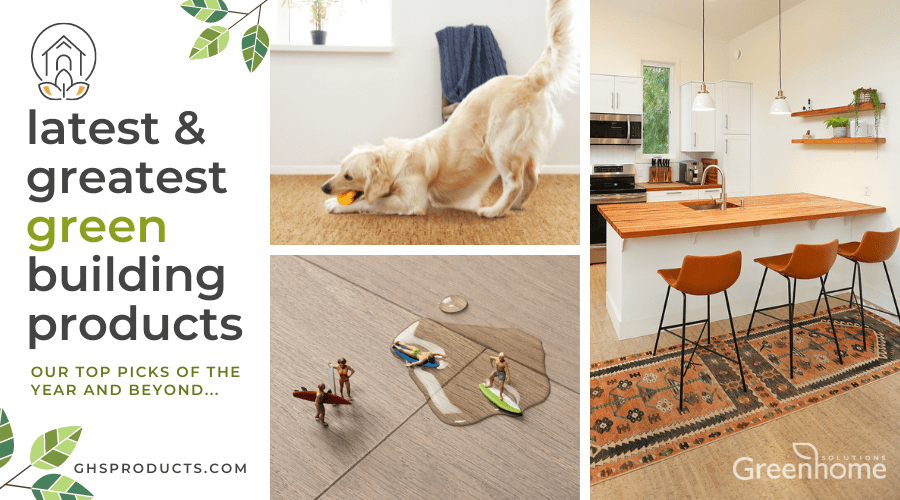
You may be wondering what makes a building material sustainable. So before we jump into the list, we should clarify what words like “Sustainable” and “Green” mean in the world of building products.
What Are Green or Sustainable Building Materials?
There are many features that combine to make a building “green”, including energy efficiency and the reduction of demolition waste, for example. Using environmentally responsible construction materials is just one component of the green building process, but it’s an important one. One main goal of green building is to minimize the impact of the building project on the environment and human health. So the materials used should do the same. In fact, according to the U.S. Green Building Council, materials should go a step further. Not only reduce that impact but also “regenerate the natural and social environments from which they originate.” Reusing materials is an ideal example of this. So is using sustainable, planet-friendly materials that are:
- Sustainably Grown – Decking and Siding from FSC-Certified forests
- Locally Harvested – Butcher Block surfaces made from Pacific Northwest wood species
- Made from Rapidly Renewable Materials – Bamboo and Cork Flooring
- Made from Recycled Materials – PaperStone is a countertop made from recycled paper
- Non-Toxic – Flooring and Cabinets manufactured without formaldehyde-containing adhesives and finishes
- Reusable and/or Recyclable
- Biodegradable
- Durable, Long Lasting
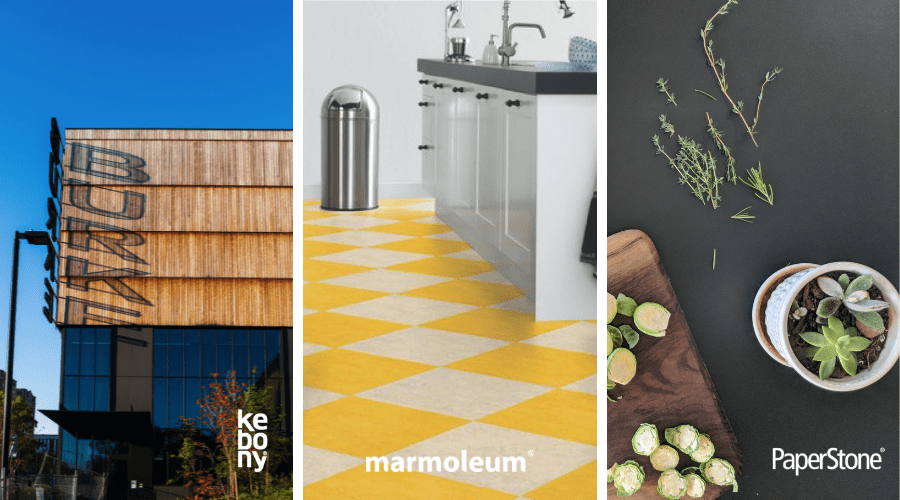
Why Should We Care about Sustainable Materials?
Before the pandemic, it was estimated that people spend up to 90% of their time indoors. In 2023 “pandemic projects” like room additions, backyard offices, and kitchen renovations – all inspired by the need for multitasking rooms – haven’t slowed down. Rooms need to host a variety of activities since we’re essentially relaxing, eating, learning, working, and entertaining in the same space.
The connection between health and indoor air quality
More people are becoming aware of the correlation between poor health and poor indoor air quality (IAQ) due to volatile organic compounds, or VOCs. Considering how much time we spend indoors, it’s vital to do whatever we can to breathe the cleanest air possible. And there are many factors that contribute to the quality of indoor air – it’s a complex issue. A properly designed ventilation system and the reduction of indoor moisture levels are both important for good IAQ. But for the purposes of this discussion, we’re focusing on building materials and finish products which are also important potential sources of pollutants.
The fact is that most building materials emit gases throughout the life of the material. Some of them are toxic pollutants, including formaldehyde, which is a VOC that can be found in synthetic materials like carpets, vinyl flooring, and flooring adhesives and finishes. Paint is another finish material that has a tendency to be high in VOCs. Exposure to those chemicals inside your home can negatively affect your health, comfort, and ability to work. That’s why choosing non-toxic materials matters. If you want to enhance the quality of your indoor air, choose materials with zero or low VOC emissions. In other words, choose the least toxic materials. Search for natural and sustainable materials with the same positive characteristics as some of the higher VOC products, but without the harmful effects on the planet and our health.
Considering how much time we spend indoors, it’s vital to do whatever we can to breathe the cleanest air possible.
Benefits of Sustainable Building Materials
We like to say that what’s good for our planet is also good for our health. Sustainable building materials enhance the quality of your indoor air which in turn has a positive impact on your health, wellness, and comfort. But there are other benefits to building with sustainability in mind:
- AFFORDABILITY – Rising popularity of greener materials has resulted in a wider selection of products and lower prices. So sustainable doesn’t automatically mean more expensive.
- DURABILITY – A big part of sustainability is longevity. Materials considered sustainable and green last longer because they’re durable. A good example is solid hardwood flooring. They add value to the home because they’re meant to last a lifetime.
- REFLECTS YOUR VALUES – Our homes and spaces are reflections of who we are. If you value the health of our planet, investing in sustainable building materials essentially puts your money where your values are.
- CONNECTION TO NATURE – If you’re someone looking to bring the outdoors in, natural materials such as cork and wood provide warmth and comfort in addition to that feeling of being more connected to nature.
- LOWER UTILITY COSTS – A benefit of one of our favorite sustainable materials, cork, is its natural thermal insulation properties. Thermal insulation works to create a barrier between cold concrete subfloors and your comfy indoor temperature. And bonus – we’ve noticed the added benefit of lower utility costs because of it.
OUR FAVORITE SUSTAINABLE BUILDING MATERIALS OF THE YEAR
Now that you’re all in on green building materials, let’s find out what products we’ve discovered that have our customers raving…
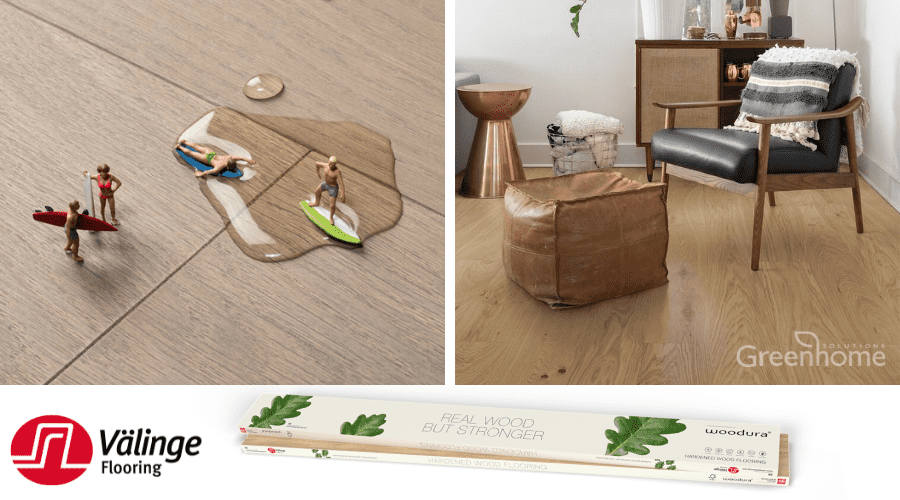
Välinge Hardened Wood Flooring
From Sweden comes an innovative new hardwood flooring product that’s not only water-resistant but also 3 times stronger than traditional wood flooring. Valinge is best known for their locking flooring installation systems. In fact, it’s their 5G® Dry™ fold-down glueless locking system that also provides the flooring’s water resistance.
Some other things we like about Valinge Hardened Wood Flooring:
- 100% Real Wood – Ash, Oak, or Walnut with natural imperfections, knots, and streaks. No vinyl printed “wood looks”
- Stronger Impact Resistance – The wood layer is hardened by high pressure and temperature. And gives the flooring major dent & gouge resistance that outperforms traditional solid and engineered hardwood floors.
- Wide and Even Wider Planks – Valinge’s hardwood planks are available in an 8 1/4″ width and in a 10 3/4″ width. Plus, no random lengths – each plank is over 7′ long.
- Affordable – we like that this is a real wood flooring product for significantly less than traditional engineered or solid wood flooring.
- Floor & Wall Applications – OK, trust us, this is cool. They offer an install system that converts flooring to wall covering without glue!
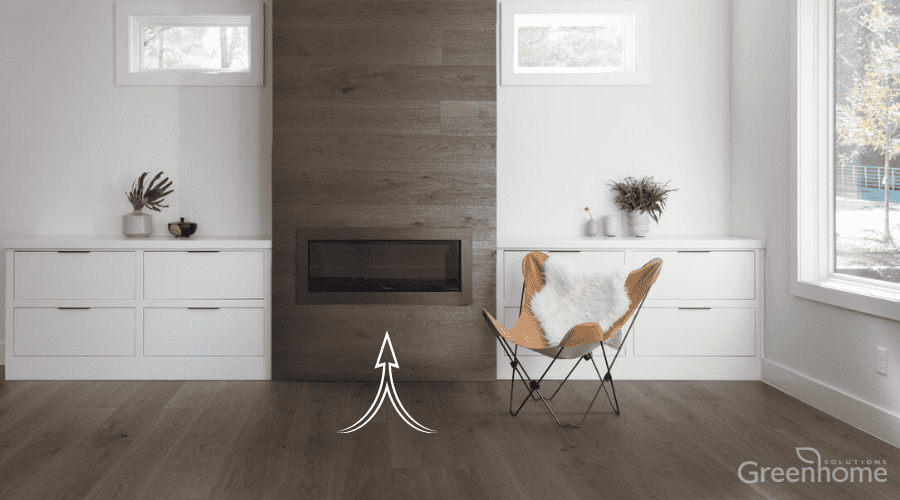
SUSTAINABILITY FACTOR: This engineered hardwood flooring is made with 100% real wood from responsibly managed forests, which is then manufactured nearby. Their Woodura technology maximizes the floor surface from every log. By using sliced wood instead of solid wood, 10 times more flooring can be produced from the same amount of lumber compared to traditional engineered wood flooring. And 30 times more flooring compared to solid wood flooring.
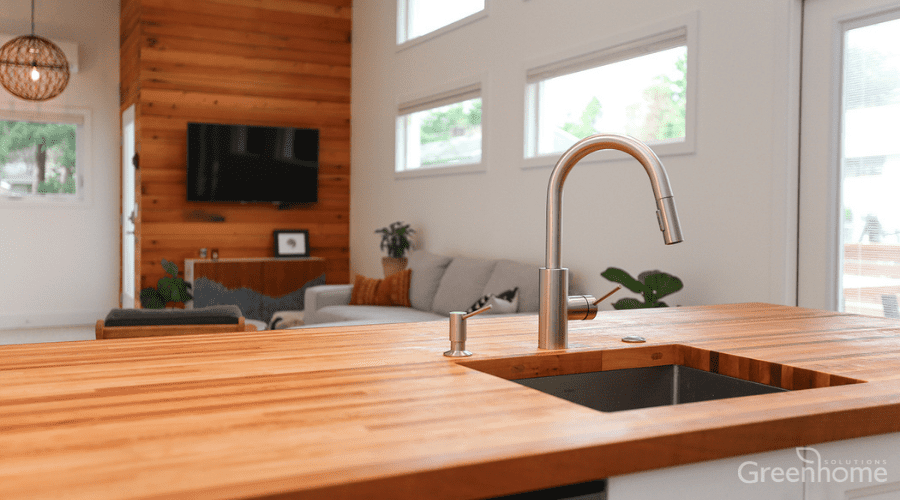
Stocked Butcher Block Surfaces
OK, so butcher block isn’t exactly new. Solid wood surfaces have been around for a very long time. The big news about our butcher block is that we’re now stocking ready-made slabs in popular countertop sizes! There’s nothing like warm, natural wood to cozy up a room.
Some other things we love about our butcher block:
- Pacific Northwest Wood – Local to our region, our butcher block is made from sustainably harvested wood species. They include Douglas Fir, Big Leaf Maple, Pacific Madrone, Myrtlewood, and Tanoak.
- Stocked in Common Countertop Dimensions – available in two widths and several lengths: 4′, 6′, 8′ or 12′
- Finishing – Our slabs come unfinished and sanded to 120-grit finish with square edges.
- Custom Sizes and Finishing Available – We still offer our full line of butcher block surfaces, including plank-style, end-grain, and custom widths, thicknesses, and lengths. Perfect for all kinds of applications, like table tops, kitchen islands, bathroom vanities, and shelving.
SUSTAINABILITY FACTOR: Our butcher block is manufactured from Pacific Northwest hardwood and softwood species, sustainably sourced from our region’s many fertile forests. Our supplier partners with small mills throughout the region to cut and kiln-dry the lumber and manufacture the solid surfaces. And we’re happy to say that we can share the story behind each piece.
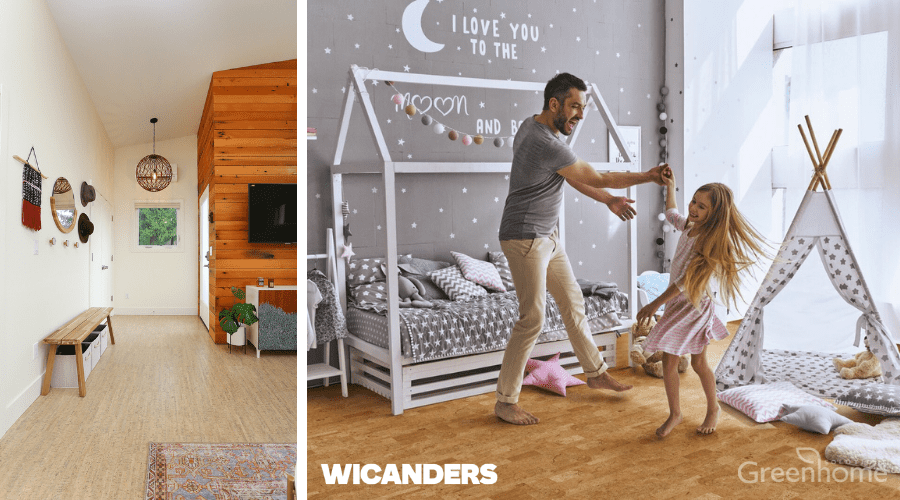
Wicanders Cork Flooring and Wall Covering
Wicanders has been in the business of making cork products since 1868. What started as cork bottle
stoppers soon turned to furnishing and flooring products. And today, over 150 years later, cork flooring is still a recycled by-product of cork bottle stoppers. What makes Wicanders Cork Flooring one of our favorite sustainable building materials of the year? On its own, cork is an ideal material for flooring. But when combined with Wicanders’ Corktech technology, cork becomes a flooring product packed with undeniable benefits: comfort, warmth, durability, and beauty. Best of all, it’s affordable.
Some other things we love about Wicanders Cork:
- Corktech Structure – Wicanders employs an engineered multilayer structure to build a strong and durable flooring plank. It consists of a quality core layer of cork, an integrated cork underlayment, cork veneers, and a protective, eco-friendly (and non-toxic) surface finish.
- Glueless Floating Floor Install – the locking install system makes for a somewhat easy DIY install that you can float over an existing subfloor or glue down for a more permanent application.
- Hypoallergenic – Cork is a great option for allergy sufferers because it’s naturally mold and mildew-resistant, anti-microbial, and doesn’t collect dust like carpets.
- Durable – Cork has been used as flooring in buildings like the Library of Congress because it holds up to traffic. The finishes used today protect against cracking and scuff marks and add a great deal of strength and longevity. When properly maintained, cork flooring can last for years. And years.
- Inherent Cork Characteristics – The benefits of cork are pretty incredible and a lot of that has to do with its cell structure. Its acoustic insulation properties can reduce foot traffic sound by up to 53% and act as a noise buffer between floors. Thanks to its thermal insulation properties, your floor maintains an optimal temperature all year round. Its cell structure also allows for elasticity and compressibility which means it can spring back from impacts. And it’s more flexible so it’s forgiving on your legs and back. This makes for an ideal kitchen floor, where you’re often standing for long periods of time.
SUSTAINABILITY FACTOR: Cork is one of the most renewable and versatile materials in the world. The cork bark is harvested without cutting down or destroying the cork oak tree. And there are strict time limits on the extraction period. During its long lifetime – upwards of 200 years – the tree is continually regenerating bark. As we mentioned before, cork flooring is a by-product of cork bottle stoppers. The material that’s left over after the stoppers are punched out is ground up to make other products, including floors. Many of the factories even utilize the cork dust from the processing plants to co-generate electricity.
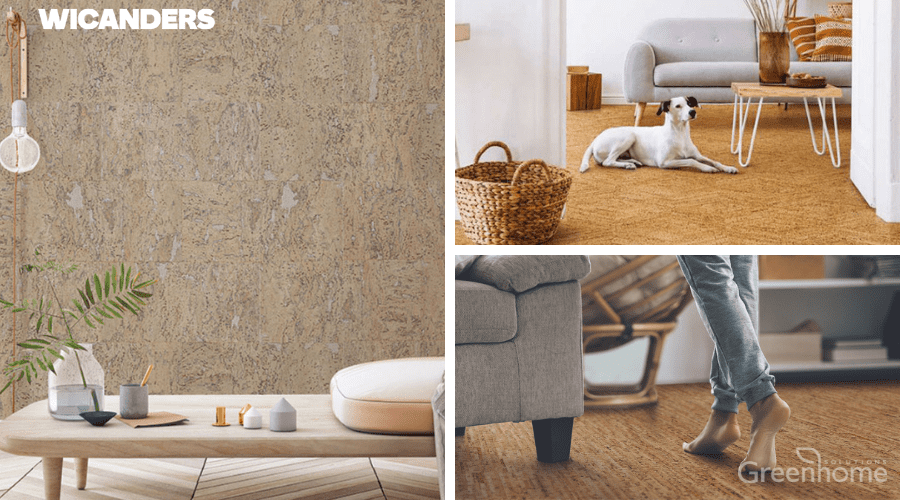
Summary
Sustainable building materials combine long-lasting style with eco-friendly function. And you don’t have to sacrifice either for a healthy indoor environment. It’s been an inventive year for green building. Thanks to the latest technology, brands continue to innovate and create more advanced products. We are fortunate to live in a time where people are generally more concerned about their personal wellness as well as that of our planet’s. We’re demanding healthier products – organic food, non-toxic cleaning products, and “clean” skincare. We should be demanding the same healthfulness from our building materials. We hope this list of sustainable building products inspires your future healthy spaces!
Greenhome Solutions is a family-owned, Seattle-based green building product supplier and showroom. Our friendly, knowledgeable, and down-to-earth team is happy to introduce homeowners and contractors to the latest sustainable building materials to fit their needs – just ask! But some of the products you have to see to believe. If you haven’t been to our showroom (or browsed our website), it’s worth the visit. If you’re thinking about a remodel or new construction project, take a peek at our selection or give us a call today!
LEARN MORE (Sources)
Välinge Flooring | valingeflooring.com
Wicanders Cork | wicanders.us
Green Building 101: Sustainable materials and resources | usgbc.org
About Green Building | worldgbc.org
Indoor Air Quality & Environmental Health | environmentalscience.org
Protect Indoor Air Quality In Your Home | epa.gov
Targa Homes: Shoreline 5-Star DADU | builtgreen.net






